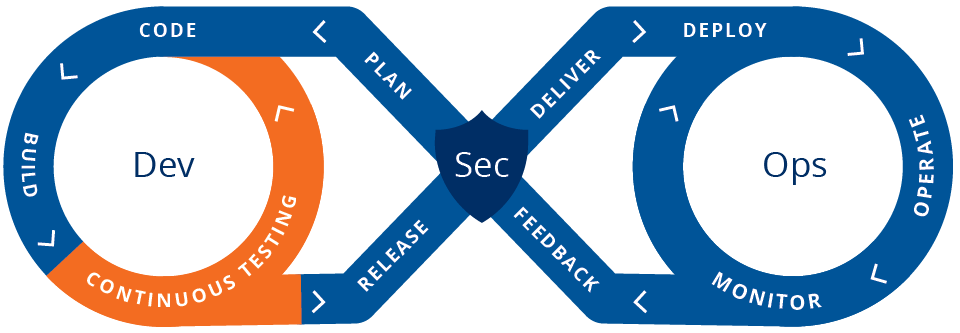
Changing expectations: How DevSecOps and codeless automated software testing can help public sector agencies deliver on their missions
Discover how DevSecOps and codeless automated testing empower the public sector in software delivery. Explore codeless testing benefits for secure development.
It’s no secret that the expectations for public sector digital services have changed significantly over the past few years; services need to be rolled out fast to ensure usable and secure software that can help agencies deliver on their mission. These expectations can be met by combining DevSecOps with codeless automated software testing. Codeless automated software testing helps make sure that the work of development, security, and operations teams yields the expected results by reducing risk and removing bottlenecks. By investing in the right solutions, federal, state, and local governments can commit to mission readiness and be prepared to meet the evolving needs and expectations of their constituents in today’s dynamic environment.
Codeless automated testing (CAT): A giant step beyond manual
Manual software testing is still an important part of the software development process. It plays a critical role in exploratory testing, for example, which can be used to probe outside-the-box usage scenarios. But for most test case scenarios, manual and script-based testing are simply no longer enough, for several reasons:
- Manual and script-based testing can take a significant amount of time to complete, which goes against the DevSecOps goal to accelerate software development.
- Hiring knowledgeable software testers can be expensive and budget-straining, especially when large teams are required.
- Manual and script-based tests are hard to scale and may not keep up with rapid application development.
Codeless automated testing (CAT) solves these challenges while providing agencies with an effective complement to DevSecOps practices. CAT uses purpose-built testing solutions to achieve functional testing at speed and scale. This form of testing can scale to meet the needs of the agency and the pace of application development, and it integrates directly into the DevSecOps software development lifecycle.

The right CAT tool makes effective testing even easier and faster. With codeless automated testing, virtually anyone can create a test case using simple building blocks and drag-and-drop menus. Tests can be set to automatically run and even be reused as necessary. Users can rescan applications whenever something changes and the test will automatically update.
CAT solutions are important to overcoming many of the challenges imposed by traditional software testing, especially the need for highly skilled testers. Giving anyone the freedom to build their own tests fosters a culture of testing throughout the organization, potentially resulting in more software being developed and deployed. It also allows employees who would otherwise spend hours on testing to focus on value-add tasks like building new applications.
Making software testing as seamless as DevSecOps
The goal of CAT is to not only make software testing support the DevSecOps process, but also to make it as streamlined and Agile as the process itself. This will result in faster software delivery, as well as software that works well for end users, helping agencies meet rising expectations for the continuous delivery of new and secure software that delivers on its promises.
Want to dig deeper into automated software testing and the role it plays in secure and speedy application development? Check out our white paper Automated software testing: Optimizing DevSecOps for the public sector. There, you’ll learn more about how automated testing drives quality and speed through model-based testing, how to integrate automated testing into the DevSecOps process, and more.

